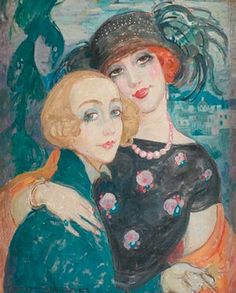
“Lili y Gerda”, Gerda Wegener
With the Oscars just around the corner, and my very late viewing of The Danish Girl, I thought now would be the perfect time to give you my thoughts on two painters, one of whom ended up pioneering an entire movement just by #living her true life.
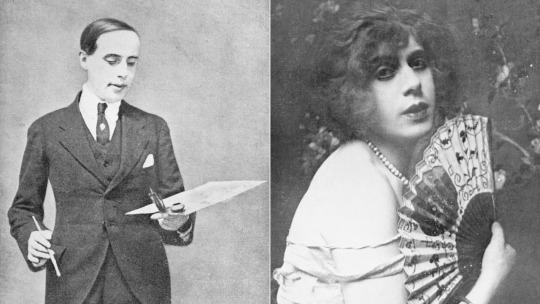
As you all know, The Danish Girl is based on the true story of Lili Elbe, one of the first trans women to receive sexual reassignment surgery (SRS). In the film and the novel on which it is based, Elbe (born as Einar Wegener) is married to Gerda Wegener (née Gottlieb) in a very hetero, sexually-active union. (I will be referring to Einar and Lili as almost separate people, because that is how the movie, the novel, and Einar/Lili’s diaries treat the two.) Both are fantastic painters–Einar painting landscapes and Gerda painting portraits. Their story is presented as a true love story. Gerda is a supportive but suffering wife whose love and loyalty never waiver as her husband is slowly replaced by Lili. It is a fantastic movie with lovable and sympathetic characters, and I assume it accurately portrays the mixture of confusion, support, love, sadness, and happiness that a straight woman would go through as her spouse opens up about their true gender identity. It’s a beautiful story, but it’s not the real one.
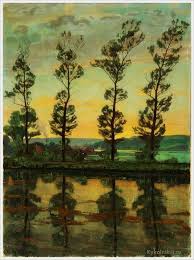
Poplerne ved Hobro by Einar Wegener
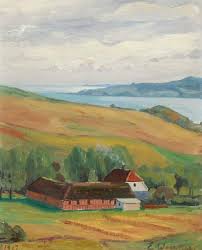
Landscape by Einar Wegener
Einar and Gerda were both painters, that is true. Einar did paint landscapes. Gerda professionally painted for fashion magazines, so I guess technically she painted portraits. Lili’s awakening did in fact begin when Gerda asked Einar to pose in women’s clothing for one of her paintings, and Lili became a favorite subject of Gerda’s. But while there was unconditional love between the two, the love story we have come to know is false.
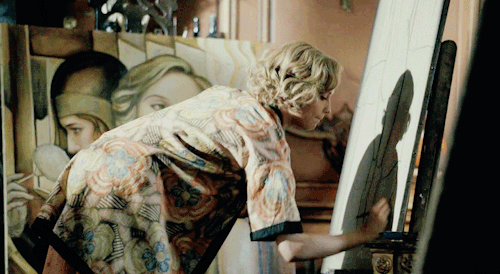
Here’s something the movie glossed over: Gerda was a lesbian. Sort of… I mean, she did marry two men. However, Gerda was known for painting incredibly graphic lesbian sex scenes, and when Lili and Gerda moved to Paris in 1912 (the timeline of the movie is way off) it was to allow Lili to live as a woman and Gerda to live as a lesbian. They said their love was more like that between sisters, not spouses.
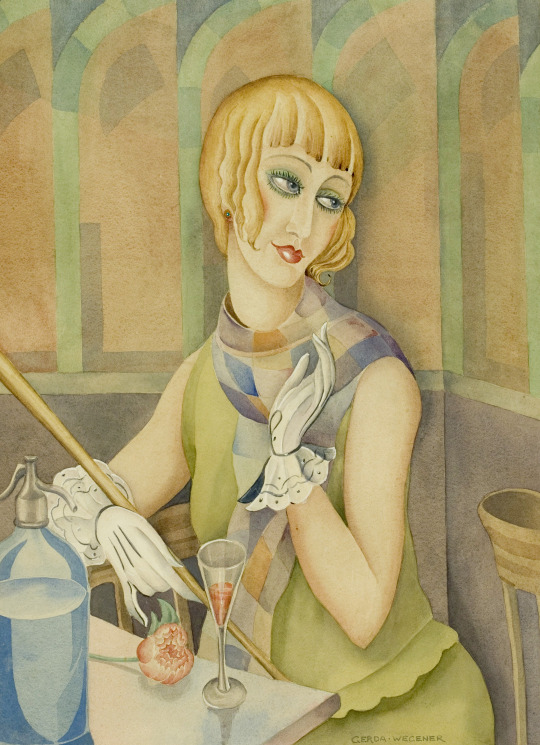
“Lili Elbe”, Gerda Wegener
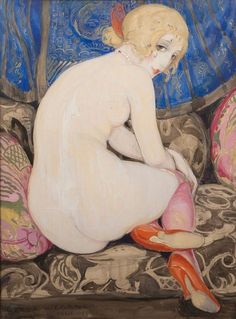
“La Belle Bas et Escarpis Rouge”, Gerda Wegener
Well, they also moved to Paris because once people in Denmark found out that the striking portraits Gerda painted of a young woman were actually portraits of her husband, they had to flee Copenhagen.
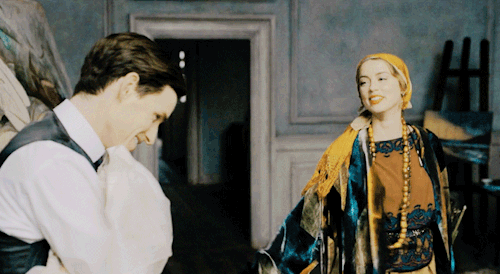
In a story that so deeply complicates gender, sexuality, and love, it feels like such a waste to simplify the situation in what I can only assume was an attempt to make the story more palatable for a wide audience. That may have been necessary when the novel was released, but with the efforts that the trans community and the LGBTQ community have made and continue to make to increase their visibility, the true story (which is documented via Lili’s diaries in the book Man into Woman) is what today’s society needs. And frankly, it would be much more interesting to watch an unconventional couple push the strict binaries our culture has created than to see how a person going from one end of the gender spectrum to the other changes a relatively typical, straight young couple’s dynamic.
Gerda’s story and struggle as a queer woman has been lost in the rise of Lili Elbe, but some of Lili’s story has been lost as well. Lili did not undergo her surgeries until she was middle-aged. However, she lived her life as a woman full-time for those two years in Paris, and in the 20s and 30s she regularly presented herself as a woman. It was in the 30s that she began what would amount to four (not two) SRS procedures, and they would take place over two years. The first was a castration. The second surgery was to implant ovaries into her abdomen, and according to her diaries, the doctors found underdeveloped ovaries already existing in her body. That means there was a good chance that Lili Elbe was intersex, adding another layer of complication to the gender and sex binary. The third surgery was a penectomy, and her final and fatal surgery was a failed ovarian transplant.
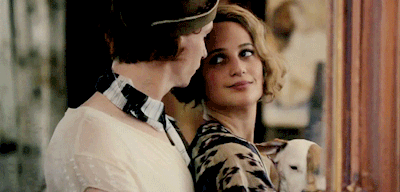
In the movie, Lili dies quite young, probably in her 30s, as a single woman with the unwavering Gerda by her side. In real life, Gerda was in Morocco with her new husband as Lili died. In the film, Gerda was allowed to play with the idea of a new [hetero] romance, but the film’s Lili passed as someone perhaps too ‘in between’ to ever be romantically loved again. By the time of her last surgery, the real Lili had gotten her name and sex legally changed on her papers, and she had a fiancé with whom she was hoping to one day have children. She died at age 49.
It’s important that I mention that Lili Elbe was not a painter. It was a passion of Einar and Einar only, which is a shame because I’m sure Lili would have possessed his talent.
Best of luck to Eddie Redmayne and his fantastic portrayal this Sunday!
-by Maya









